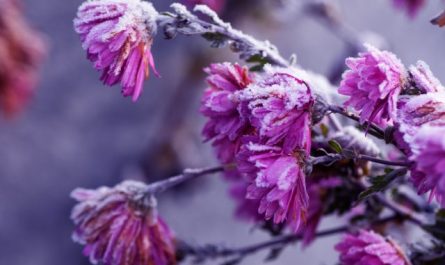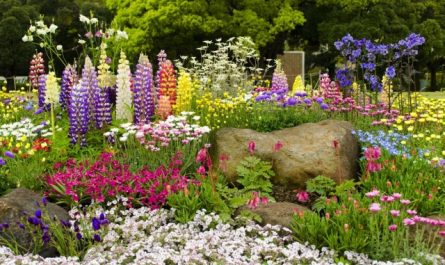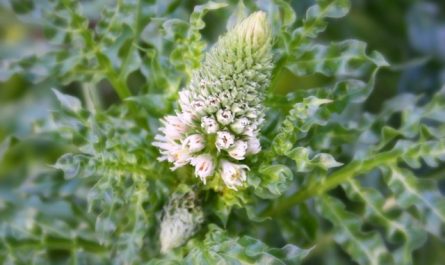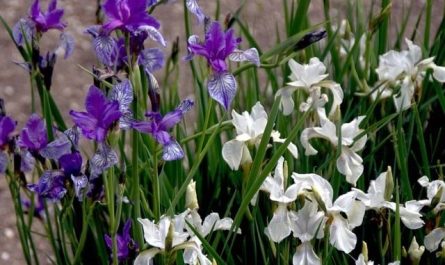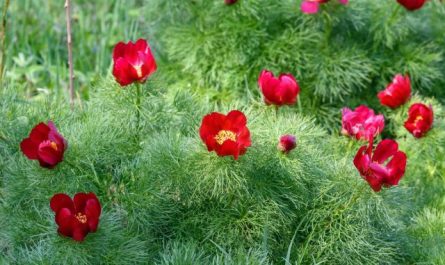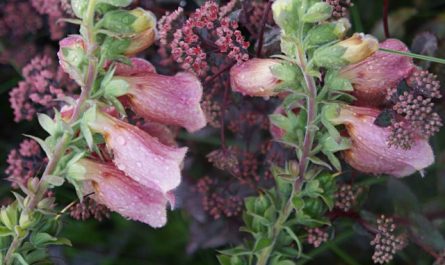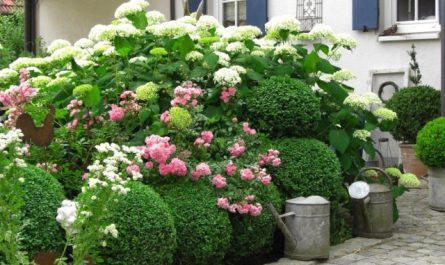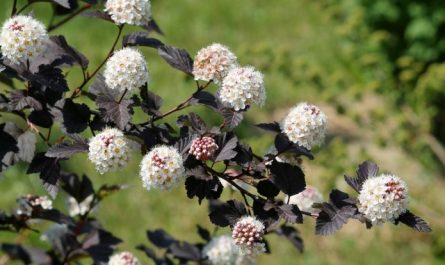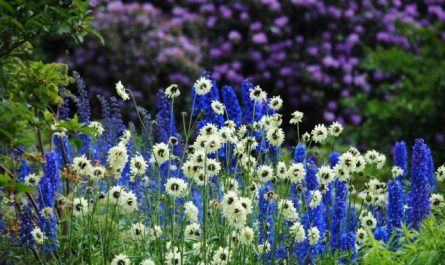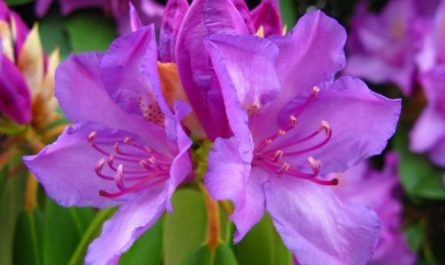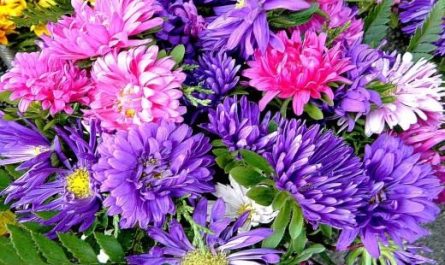Among the variety of garden plants, as in nature itself, there are many similar crops. Thus, one of the controversial for gardeners, but not for botanists, is the calla. Who is not familiar with this unusual flower? We unmistakably recognize this plant by the white leaf-covering, wrapping the yellow inflorescence-spadix. However, what for many of us is undoubtedly a calla, in fact, is a zantedexia, mistakenly attributed by Carl Linnaeus to the genus Calla. Today, there is only one real calla in nature and it is called the marsh calla, or the Marsh calla. In this article, we will get to know it better.

Marsh calla in nature and among people
Marsh calla (Calla palustris L.) is indeed very similar in appearance to Zantedexia – both in leaves and flowers. However, if we see Zantedexia only in culture, then the marsh calla can be found mainly in marshy places and on the banks of reservoirs, and on a fairly large part of the territory of our country.
Despite the fact that this is a wild plant, with the advent of fashion in landscape design for small artificial ponds and reservoirs in a natural style, bog arum has increasingly become a garden crop. Despite the fact that its flowers are smaller in size than those of zantedexia, it looks no less attractive and even more interesting than its relative in the family. Both zantedexia and bog arum belong to the Araceae family, or Araceae (Araceae).
In nature, the marsh calla is a plant of the marshy banks of reservoirs and sphagnum bogs. It is found in swamps, shallow waters, ditches, and streams. It is widespread throughout almost the entire temperate zone of the Northern Hemisphere. Due to its wide range, it has not one, but a whole series of names at once – obrazki, bobak, serpentine, shalen, vakhka (watchman), white fellow traveler, cockerels, krasukha, breadbox, bobovnik, water root, marsh grass and many others. At the same time, in each locality it is called differently.
The popular popularity of calla lily is explained by the fact that in the old days it was used in folk medicine. It was used to eliminate inflammatory processes, “pacify” the manifestations of rheumatism, as a painkiller, decongestant and laxative.
However, the marsh calla is very poisonous, so you should never use it on your own. All parts of the plant contain substances that cause damage to the gastrointestinal tract and cardiovascular system. It is also necessary to ensure that calla lilies are not eaten by pets – they are also deadly for them.
Despite the fact that the marsh calla is widespread and easily propagated, in many countries it is listed in the Red Book.

Description of the plant
Marsh calla is a perennial. It has thick, jointed, creeping, hollow rhizomes, reaching 2 cm in diameter and growing more than a meter in length. On the rhizomes are numerous adventitious fibrous roots, up to 60 cm long, which help the plant hold onto the ground. On the nodes of the rhizomes are axillary renewal buds, which participate in its reproduction.
The powerful rhizomes of the calla lily branch well. Thanks to this, the calla lily will grow quite quickly and form a raft at the surface of the water, in which other plants often settle. Thus, by planting just one calla lily in your pond, after some time you can get whole thickets.
The flowers of the marsh calla are small, numerous, bisexual, collected in inflorescences-cobs up to 6 cm long. The lower flowers are usually predominantly female – with a large number of pistils and fewer stamens. The upper flowers are male. The covering leaf-cover is white on top, greenish on the bottom. After pollination it acquires a green tint. Usually the inflorescences of the marsh calla have one cover, but in nature you can also find two to four covering leaves.
The marsh calla blooms from May to mid-June. However, in addition to the elegant flowering, this period is also associated with the release of a not very strong but unpleasant smell that attracts insects – small flies and bugs that participate in its pollination.
After the flowers fade, peculiar berries form in their place, turning red as they ripen and giving the fruit a very elegant appearance. You shouldn’t try them because they are toxic and have an unpleasant, sharp, burning taste.
The leaves of the marsh calla are single, large, oval-heart-shaped, pointed at the top. The leaf blade is shiny, up to 14 cm wide, up to 16 cm long.
How does a true calla reproduce?
In order to settle the marsh calla in your pond, it is enough to throw a part of the rhizome into it, but only if the pond has a soil base. The plant will quickly find a place for itself, strengthen and begin to grow. If the pond is made in an artificial plastic form or based on PVC film, the rhizome is planted in a pot, which is installed on the bottom.
You can also propagate the marsh calla by seeds. Each berry contains 3 to 12 seeds. The seed is provided with a unique shell containing air, allowing it to stay on the water. In the fall, when the flower stalks rot, the infructescences fall into the water, the fruits burst and release the seeds. The seeds stay on the surface of the water for several months. And having reached the plant remains, they are retained in them, take root and form new plants.
Having collected seeds from wild plants, do not keep them until the next season, but sow them immediately in a pot – the germination rate of the seed material decreases within a year. Place the sown pot in a pond or in a container with water. If the area is cold, it is better not to leave the pot in the pond for the winter, but bring it into the garage, onto the balcony or into the greenhouse (immersed in a container with water). And put it in a permanent place in the spring, after the last threat of recurrent frosts.
Calla lilies also have another way of reproducing – by renewal buds. These buds easily break off from the rhizomes, stick to the legs of birds and are carried to new places. In this way, calla lilies can settle where they have not been seen before.

Using Swamp Calla in Garden Design
When planning to plant a calla in your garden, first of all, it is worth remembering that it is a typical hygrophyte – a plant that needs a lot of moisture, both in the soil and in the air. Therefore, in order for it to take root and grow well, it needs a pond. It does not matter what it will be. It can be an artificial pond, a pit or a swamp in a lowland area, a small pool for aquatic plants made from a basin or barrel, a stream flowing through the plot…
It is better to choose a shaded place for the calla, otherwise the leaves of the young calla will be curled into a tube and less decorative – this is how it protects itself from excess sun and overheating. Otherwise, the calla is unpretentious. It grows in any soil – from slightly acidic to acidic, but the most favorable for it will be soil with pH from 4,1 to 6, clay or loamy. It grows quickly. It tolerates temporary drying of the reservoir well. It does not need special wintering – it winters in the pond even if an ice crust forms.
If you really want to, you can grow the swamp calla at home. A terrarium or a humid greenhouse will do.
